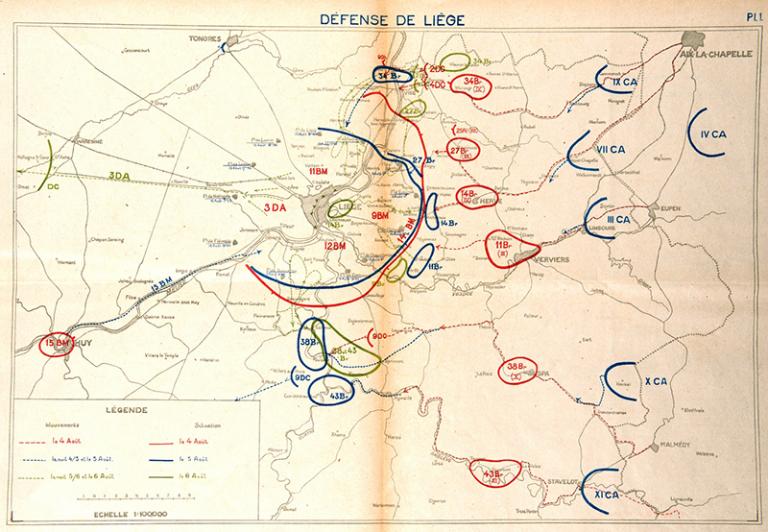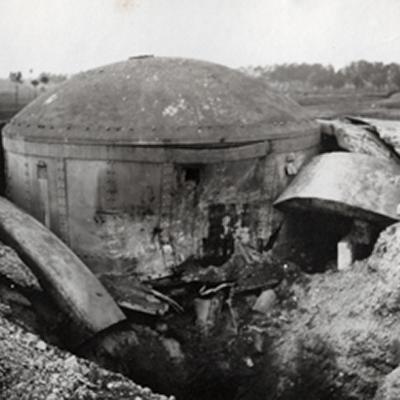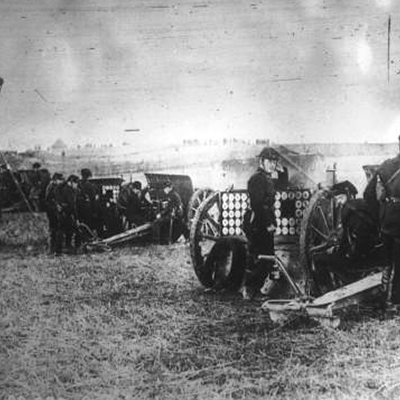Liège
On 4 August 1914 the German troops crossed the Belgian border for a quick passage to France. Armed neutrality had been imposed on Belgium at its independence, and as a consequence it could not accept this. Great Britain, being the guarantor of our neutrality, came to our aid with an expeditionary force. Thus, the die was quickly cast: France became an ally and the German empire the enemy. The Belgian army in 1914 was badly organized with one (and afterwards two) cavalry divisions and six army divisions as opposed to far too many fortress troops in usually 19th-century fortresses. Armament and equipment were also very outdated. Yet the fortresses of Liège held out until 16 August and those of Namur until 25 August.

As from August 1914 General Gérard Leman occupied the fortresses with about 3,000 men, while another 23,000 men of the 3rd Belgian Army Division and 15th Mixed Brigade were stationed between the fortresses.
The fortresses of the “Liège Fortified Position” (Position Fortifiée de Liège) were located in Barchon, Evegnée, Fléron, Chaudfontaine, Embourg, Boncelles, Flémalle, Hollogne, Loncin, Lantin, Liers and Pontisse.
The fortresses had never been adapted to the latest developments in artillery: 42cm calibre mortars. In spite of this, in the first days of World War One the Germans did not bring these artillery pieces with them to Liège, because they did not anticipate much resistance. The fortresses were not expected to hold out against firing with 21cm artillery followed by an assault with infantry troops.
Het 21cm-geschut bleek echter weinig uitwerking te hebben: bij het begin van de beschieting verlieten de Belgen de stellingen om bij het einde weer tevoorschijn te komen en de aanstormende infanterie neer te maaien. De verliezen aan Duitse zijde liepen in de duizenden. Alsnog werden de "Dikke Bertha's" naar Luik gestuurd.
De Belgische troepen in Luik konden uiteindelijk tien dagen stand houden. Op 16 augustus 1914 raakte een 42cm-granaat de munitiekamer van het Fort Loncin. Het fort ontplofte omdat de geschutskoepels maar bestand waren tegen 21cm-granaten. Honderden Belgen waren op slag dood. Hiermee kwam een einde aan de strijd om de forten van Luik.
Generaal Gerard Leman, die zich in dit fort bevond, raakte bewusteloos door de ontploffing maar overleefde.




